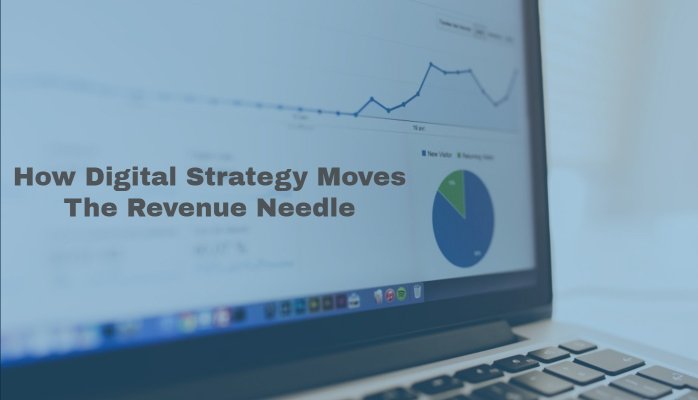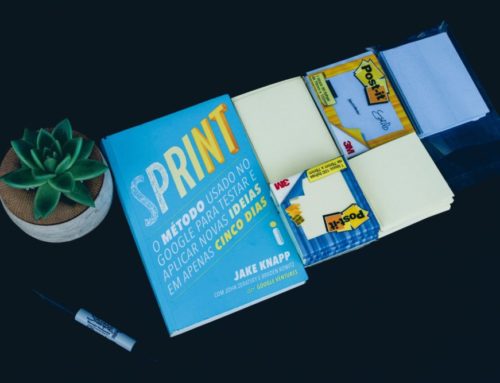Focusing on customer experience allows your company to develop a unique value offering and differentiate yourself in a crowded market. Most companies say they already optimize for customer experience but, for many reasons, few truly deliver on this promise. Common themes I have seen are difficulty translating a new vision into an executable strategy and resistance to change within the organization.
During the past two years, we have had the opportunity to work with a visionary company in the brutally competitive travel space where companies struggle for 1% annual gains in market share. Our goal was to redefine the customer experience by identifying key factors influencing group travel, social engagement, and ultimately customer retention. We then created a new experience optimized for our vision. By merging data analytics and predictive modeling, we drove digital product design with a laser focus on key user experiences. These new experiences are now being implemented throughout the customers’ journeys to redefine the service levels, and products delivered. Initial results are promising, with the company’s revenue growing over 100% in one year, from $325 million in 2014 to $692 million in 2015 and $1 billion in 2016. Quite an achievement in the very competitive travel industry where margins are extremely tight and global competition is intense.
Achieving a 100% yearly growth cannot be done just by redefining a customer experience. It requires aligning stakeholders across the organization on the vision, defining specific strategies, and then delivering effectively on them. Starting by working with company leadership, we then aligned the UX (User Experience) strategy to drive key behaviors that increase customer loyalty, engagement, and conversion after identifying the key levers for increasing top-line revenue with a solid return on investment. We used the early UX wins to align the rest of the organization and gain a strong momentum for moving the vision forward.
In developing our digital experience strategy, we followed three steps to identify, prioritize, and implement the new vision:
Step 1: Create predictive models of user behavior based on operational data and existing research
Step 2: Derive actionable outcomes based on real-time data analysis and automate those new customer experiences
Step 3: Operationalize the organization to deliver consistently on the optimized experience
Improving specific high-impact user experiences, we were able to influence engagement and customer retention. In fact, the impact was strong enough to create a whole legion of consumer advocates for the products who are now sharing the experience on social media, driving very low cost, organic new customer acquisition.
Using models to predict future behavior
Using data to identify customer behavior patterns we created interactive linear regression models using R-Graph and Shiny from R-Studio to show complex data correlations not intuitively obvious from typical transactional data analysis. These correlations were cross-checked with a wealth of real-life data to give us insight into how specific brand promises were resonating with actual consumer behavior. We then identified high-impact engagement factors and used those to predict future behaviors.
Understanding actual and predicted behavior allows us to design user experiences that engage users. To drive engagement further, we use a social graph database to provide relevant content in real time to customer’s social feeds. A data warehouse provides predictive models that now drive operational systems creating custom follow-ups to re-engage customers. A custom messaging layer provides specific triggers and conversations to help customers through the experience.
Our data showed the most engagement using mobile devices, so we’ve aligned our UX strategy around a mobile-first design approach. We then create user flows, wireframes, and interactive prototypes using Axure and high-fidelity prototypes using InVision. To accelerate our delivery, we rely on an outsourced development model, so we have created an online interactive style guide with APIs to a browser extension that allows developers to self-check their adherence to our UX and brand guidelines with a single click of a button.
Organizational strategy
We re-thought our traditional technology organization and created a new structure better suited to create digital products. The new Digital Team covers three key areas: Digital Product Management, User Experience, and Analytics and Data Science.
Our digital product managers developed a fresh perspective targeting a ‘connected mobile consumer’. Our user experience team kept a laser focus on the key personas and user journeys. A seamless travel experience and real-time customer support keep the experience consistently remarkable. Our analytics team reinforced traditional survey methods with real-time tools to identify deviations in customer experience to deliver timely actionable analytics.
Raising the customer experience forced significant operational changes across the organization. For instance, we introduced a proprietary mobile app to link customers, travel hosts, and customer service representatives in real-time open chat groups. The positive impact on customer experience was immediate. Customers had instant access before, during, and after their trips to corporate representatives who possessed the full context of the trip. Questions were answered in travel group chats, dramatically improving communication among the trip participants, leading, in particular, to stronger social ties that lasted long after the trip ended. The overall experience for customers was remarkable. They shared it with others, thus driving higher engagement on future trips. All this is leading to an entirely new level of group travel experience due a smooth, closely connected engagement between customers and the company.
Delivering a strong ROI with a solid UX strategy
User Experience strategy has evolved far beyond the traditional discussions of “Home Page”, colors and fonts. A solid UX Strategy can open up new markets, redefine levels of service delivery and allow your organization to grow just by understanding your customers’ current behaviors and optimizing for the key factors that drive engagement, retention, and loyalty. Our client’s discussions in the C-suite around UX are now focused on key levers to drive top-line revenue vs. discussions on cost justification for each initiative. For 2016, the vision is defined, new experiences are being implemented, and our client has its sights set on $1 billion in revenue.
Interested in learning more about creating great customer experiences?
Classic System Solutions has been designing mobile and web applications for the world’s leading companies for over 20 years. Our UX (User Experience) professionals work directly with clients on large-scale deployments to assure usable, effective and innovative solutions that deliver significant return on investment.



